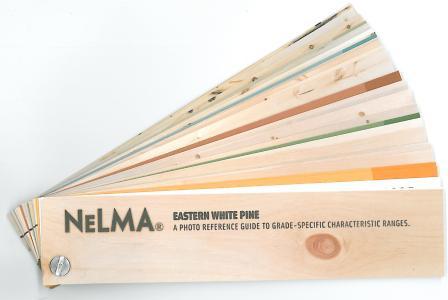
Skepticism that super-tall wood structures can ever be as strong as those made of steel and concrete has fueled strict limitations on the height of wooden buildings in nearly every city around the world, but a recent test has proven it wrong. The Timber Tower Research Project by SOM [Skidmore, Owings and Merril], which proposes constructing skyscrapers with timber in order to reduce their overall carbon footprint, officially passed a rigorous strength testing program validating the system’s potential. SOM concluded that there’s “strong evidence that the timber-concrete composite system can satisfy code requirements and compete with traditional construction methods.”
The proposed solution is called Concrete Jointed Timber Frame, using mass timber as the mains structural elements, with weak points at the connections reinforced with concrete. The project built a 36 foot by 8 foot model representing the typical size of a structural bay, using a cross-laminate timber (CLT) deck. This model was tested for two hours using a hydraulic actuator, increasing the pressure until the system failed at a load of 82,000 pounds, which is 8 times higher than required by code. 48 different sensors monitored how well the system was holding up during the stress tests.

According to SOM associate Benton Johnson, the test “highlights the real benefits of the composite timber approach. We took a small amount of concrete that was necessary for acoustic and fire performance and used it to enhance the structural performance of the floor. This move allows mass timber to reach its full potential, allowing it to compete in the market while also reducing the carbon footprint of cities.”

As the Timber Tower Research Project continues to seek approval for use in high-rise buildings, it’ll undergo a few more tests, including fire resistance. But so far, it’s looking like SOM is successfully paving the way for the use of timber as a primary material in skyscrapers, ultimately cutting the embodied carbon footprint of buildings by 60 to 75 percent. Of course, wood is also a renewable material, and increased demand for responsibly grown timber can be beneficial to the environment in all sorts of different ways.


